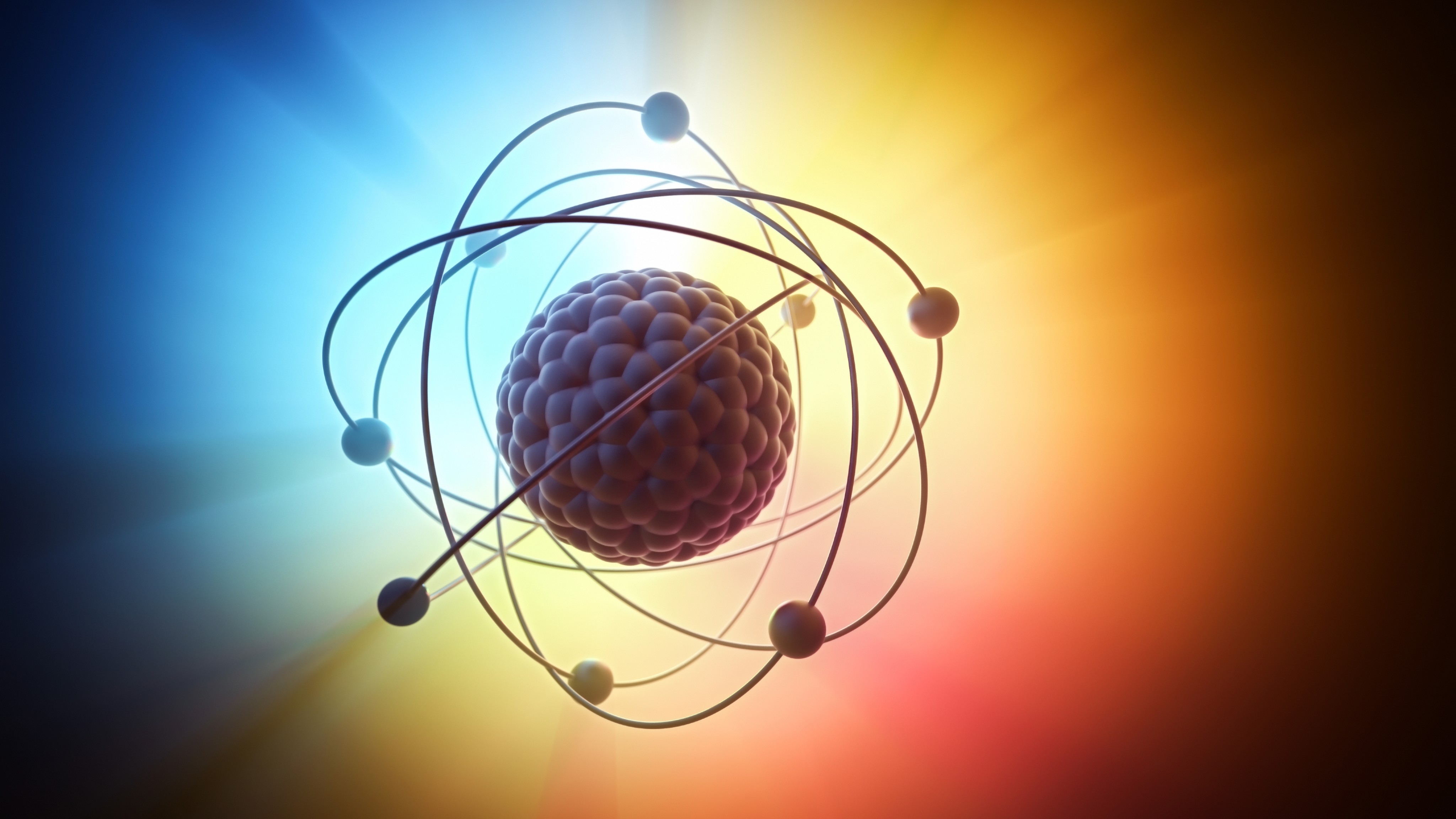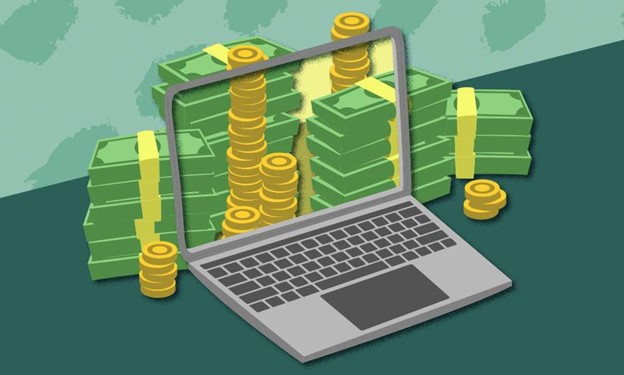The Science Behind Climate Change
Understanding the causes, impacts, and potential solutions to global warming.

Introduction
Climate change refers to long-term shifts in temperatures and weather patterns, primarily caused by human
activities such as burning fossil fuels and deforestation. This phenomenon is altering ecosystems, weather
systems, and economies, making it one of the most pressing challenges of our time.
Pro Tip: Learn about your carbon footprint and how small lifestyle changes can make a big difference.
Causes of Climate Change
The primary driver of climate change is the increased concentration of greenhouse gases in the atmosphere,
including carbon dioxide (CO₂), methane (CH₄), and nitrous oxide (N₂O). These gases trap heat, leading to a
warming effect known as the greenhouse effect.
Pro Tip: Reduce your carbon footprint by conserving energy, using renewable energy sources, and reducing
waste.
Impacts on the Environment
Climate change is causing rising sea levels, extreme weather events, and loss of biodiversity. Melting ice
caps and glaciers contribute to higher sea levels, while heatwaves, hurricanes, and wildfires are becoming
more frequent and severe.
Pro Tip: Support organizations focused on environmental conservation and climate resilience projects.
Human and Economic Impacts
Communities worldwide are facing the consequences of climate change, including displacement, health risks,
and economic losses. Developing countries are particularly vulnerable due to limited resources for
adaptation and mitigation.
Pro Tip: Advocate for climate justice initiatives that address disparities in climate change impacts.
Potential Solutions
Mitigating climate change requires a combination of renewable energy adoption, energy efficiency,
reforestation, and sustainable practices. International agreements like the Paris Agreement aim to unite
nations in reducing greenhouse gas emissions.
Pro Tip: Get involved in local environmental initiatives and support policies that prioritize renewable
energy.













